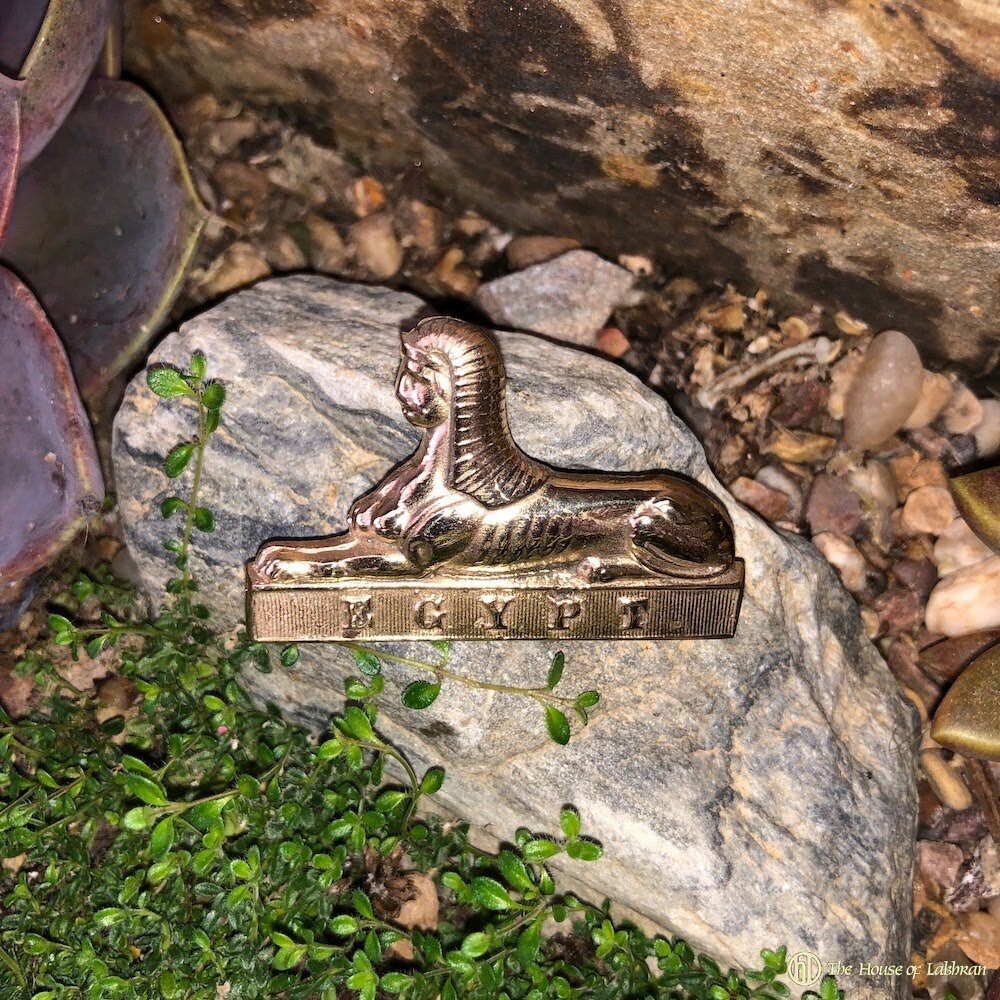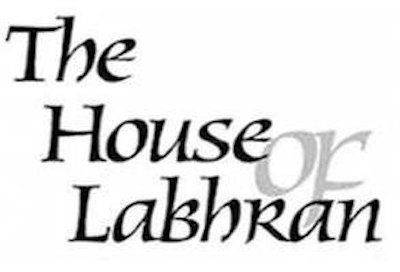Black Watch Royal Highlanders Regimental Brass Bonnet Badge


Black Watch Royal Highlanders Regimental Brass Bonnet Badge
Black Watch Royal Highlanders Regimental Brass Bonnet Badge
Hand made by the regimental silversmith, with solid brass as worn by officers in the 19th century and still worn by the Pipe Major on the feather bonnet until the creation of the Royal Regiment of Scotland. Originally worn from 1881 - 1902
Hand crafted to order by our regimental silversmith.
Size approx. 4.5cm by 3cm
Approx 2-3 weeks from order
Also available in sterling silver
The Black Watch Regiment
In the aftermath of the First Jacobite Rebellion of 1715, Independent Companies of militia were raised from loyalist Highland clans for policing and peacekeeping duties. These companies were commonly known in Gaelic as ‘Am Freiceadan Dubh’, or ‘The Black Watch’, due to their unpopular nature and their dark green government-issue tartan.
The regiment impressed the Duke of Cumberland with its Highland style of fighting at Fontenoy in 1745 and later that year it was sent back to guard southern England against invasion, with one company being sent north to fight the Jacobites at Culloden. In 1747 it was given a numerical ranking as the 43rd Foot, rising to the 42nd two years later when the previous 42nd was disbanded.
The 42nd (Royal Highland) Regiment fought in the French and Indian Wars in North America before defeating George Washington at the Battle of Long Island in 1776 during the American War of Independence (1775-83). It served in both Egypt and Spain during the Napoleonic Wars and was mentioned in despatches for its service at Quatre Bras and Waterloo (1815).
The 19th century saw it fighting in the Crimea (1854-56) and the Indian Mutiny (1857-59), whilst in 1881 the 73rd (Perthshire) Regiment was merged into it. From then on it was officially known as The Black Watch and was the county regiment of Fifeshire, Forfarshire and Perthshire. The regiment was created as part of the Childers Reforms in 1881, when the 42nd Regiment of Foot was amalgamated with the 73rd Regiment of Foot. The regiment then fought in Egypt (1882) and in the Boer War (1899-1902).
Today the Black Watch, 3rd Battalion, Royal Regiment of Scotland is an infantry battalion of the Royal Regiment of Scotland.
The Black Watch Royal Highlanders
The Black Watch was raised in the wake of the 1715 Jacobite rebellion, when companies of trustworthy Highlanders were drawn from loyal clans comprising Campbells, Grants, Frasers and Munros. Six companies were then formed in 1725 and stationed in small detachments across the Highlands to prevent fighting between clans, to deter raiding and to help enforce laws against the carrying of weapons. In 1739 King George II authorised the raising of four additional companies to be formed into a "Regiment of the Line" of the regular army, with the Earl of Crawford as Colonel. The first mustering of the new Black Watch regiment took place near Aberfeldy the following year. The Black Watch name was derived from the dark colour of the tartan and the original role of the regiment to "watch" over the Highlands. In 1743 the regiment was ordered to march to London for inspection by the King. Due to a rumour that they were to be forced to serve in the West Indies rather than service in Scotland for which they had been enlisted, many of the men mutinied and decided to return home. Over a hundred were captured and returned to London, where they were tried by court martial and three of the leaders were condemned to be shot in the Tower. The remainder of the regiment proceeded to Flanders for action against the French. It remains for speculation whether the 1746 Rebellion could ever have taken place had the Black Watch been left to fulfil its original role of policing the Highlands.
Between 1745 and 1800 the Black Watch saw action in Fontenoy, the French-Indian War at Ticonderoga, Guadaloupe, Martinique, Havanna and the American War of Independence. The next 15 years saw action against the French in Egypt, the Peninsular War in Spain and Portugal and Napoleon's Waterloo campaign. During the later 1800s the regiment saw service in the Crimean War, the Indian Mutiny, conflicts in Africa and the Boer Wars. At the start of the 1st World War in 1914 there were 7 Black Watch Battalions and the regiment saw action in Mons, the Western Front, Mesopotamia and Palestine. During the 2nd World War the regiment saw action in Palestine, Somaliland, France, North Africa, Italy, North West Europe and Burma.
More recently the Black Watch served in Palestine, Hong Kong, Korea, Kenya, Northern Ireland, the Balkans and Iraq.
In recent years the Pipes and Drums of the Black Watch have carried out 11 tours in North America on behalf of Columbia Artists, some accompanied by the regiment's Military Band. A significant milestone in the history of the Black Watch Pipe Band was when 9 pipers from the Band played at the State Funeral of President John F Kennedy of the USA in November 1963, reflecting the impact which the Pipe Band had made in an earlier tour of the USA.
The regimental tunes are the quick march "Hielan Laddie" and the slow airs "My Home" and "Highland Cradle Song". Since 2006 the Black Watch regiment has been known as 3 SCOTS The Black Watch as part of the Royal Regiment of Scotland.
